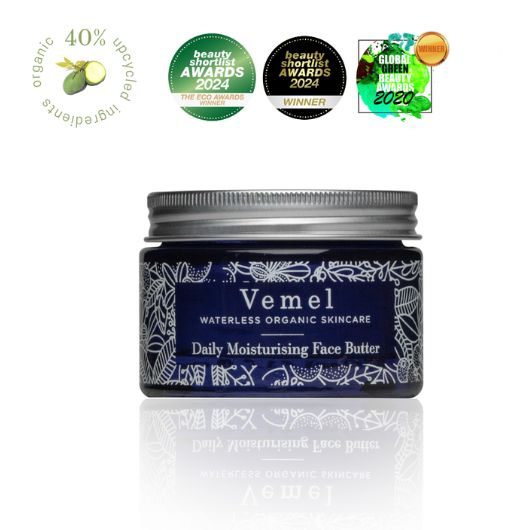
Unlocking Radiance: The Power of Upcycled Ingredients in Beauty
As the beauty industry evolves, a new narrative is emerging—one that intertwines luxury and sustainability. With consumers increasingly conscious of their environmental footprints, the incorporation of upcycled ingredients into skincare lines is transforming the landscape. From the bustling streets of Sydney to the luxury boutiques of Paris, brands are championing eco-friendly practices that not only promote skin health but also protect our planet.

The Rise of Upcycled Ingredients
Upcycled ingredients, derived from waste products, are gaining traction as brands seek to minimize their environmental impact. These ingredients are not just a sustainable option; they also offer unique benefits that enhance the efficacy of skincare formulations. A prime example is Red Velvet Oil, a groundbreaking ingredient made from surplus tomato seed waste. This oil, rich in antioxidants, rejuvenates the skin while contributing to waste reduction in the beauty sector. Brands like Native Extracts are at the forefront of this movement, illustrating how beauty can be both luxurious and responsible.
The versatility of upcycled ingredients extends beyond their sustainability credentials. For instance, upcycled jojoba wax esters provide not only a creamy texture but also enhance hydration and support the skin barrier. This innovative approach to beauty formulation is redefining how consumers view sustainability—not as a compromise but as an enhancement to their beauty routines.
The Benefits Beyond Sustainability
Incorporating upcycled ingredients into beauty products does more than just lower carbon footprints; it also diversifies the range of products available to consumers. The unique properties of these ingredients can lead to richer, more effective skincare. For example, products featuring upcycled botanicals often contain a higher concentration of nutrients, allowing for targeted treatments that can transform skin health.
Moreover, the rising demand for clean and sustainable beauty is reshaping how brands formulate their products. According to a recent report by Accupac, consumer interest in ethical sourcing and ingredient transparency is growing, pushing brands to innovate. “Consumers want to understand what’s in their products,” states sustainability expert Dr. Jane Meyer. “Upcycled ingredients not only tell a story but also resonate with a growing set of values among skincare enthusiasts.”
Fighting Waste with Beauty
The concept of upcycling in beauty is not just a passing trend; it’s a necessary evolution. Brands are now finding creative solutions to transform conventional waste into high-quality products. Take the case of coffee grounds, often discarded after brewing. Brands like Upcircle Beauty have innovatively harnessed the exfoliating properties of coffee, creating scrubs that not only refresh the skin but also repurpose what would otherwise be waste.

This transformation not only enhances product appeal but also allows consumers to engage with sustainability on a personal level. By choosing upcycled products, customers are actively participating in a movement that prioritizes eco-consciousness without sacrificing quality or efficacy.
The Future of Beauty: Empowering Consumers
As consumers become more empowered to make eco-conscious choices, the beauty industry is responding with a plethora of options featuring upcycled ingredients. The rise of eco-friendly brands is indicative of a broader shift in consumer behavior, where sustainability is not just an option but an expectation.
Incorporating upcycled ingredients into daily routines enables beauty enthusiasts to align their purchasing habits with their values. Brands are seizing this opportunity, crafting narratives around their ingredient sourcing, and positioning themselves as leaders in sustainability. This is reflected in the innovative approaches taken by companies like JD Esteris, which utilizes sustainable jojoba wax esters to provide high-performance solutions in cosmetics.
A Call to Action
For the beauty industry, embracing upcycled ingredients is not merely about enhancing product lines—it's about fostering a culture of sustainability and responsibility. As consumers, we have the power to demand more from the brands we choose. By opting for products that utilize upcycled ingredients, we are not only enhancing our skincare routines but also supporting a movement toward a more sustainable future.
In conclusion, the rise of upcycled ingredients in beauty is more than just a trend; it represents a significant shift in how we view personal care. By choosing products that are both effective and eco-conscious, we can unlock the radiance of our skin while nurturing the planet. Let us celebrate the brands that are leading the charge in this transformative journey, proving that beauty can and should be sustainable.
